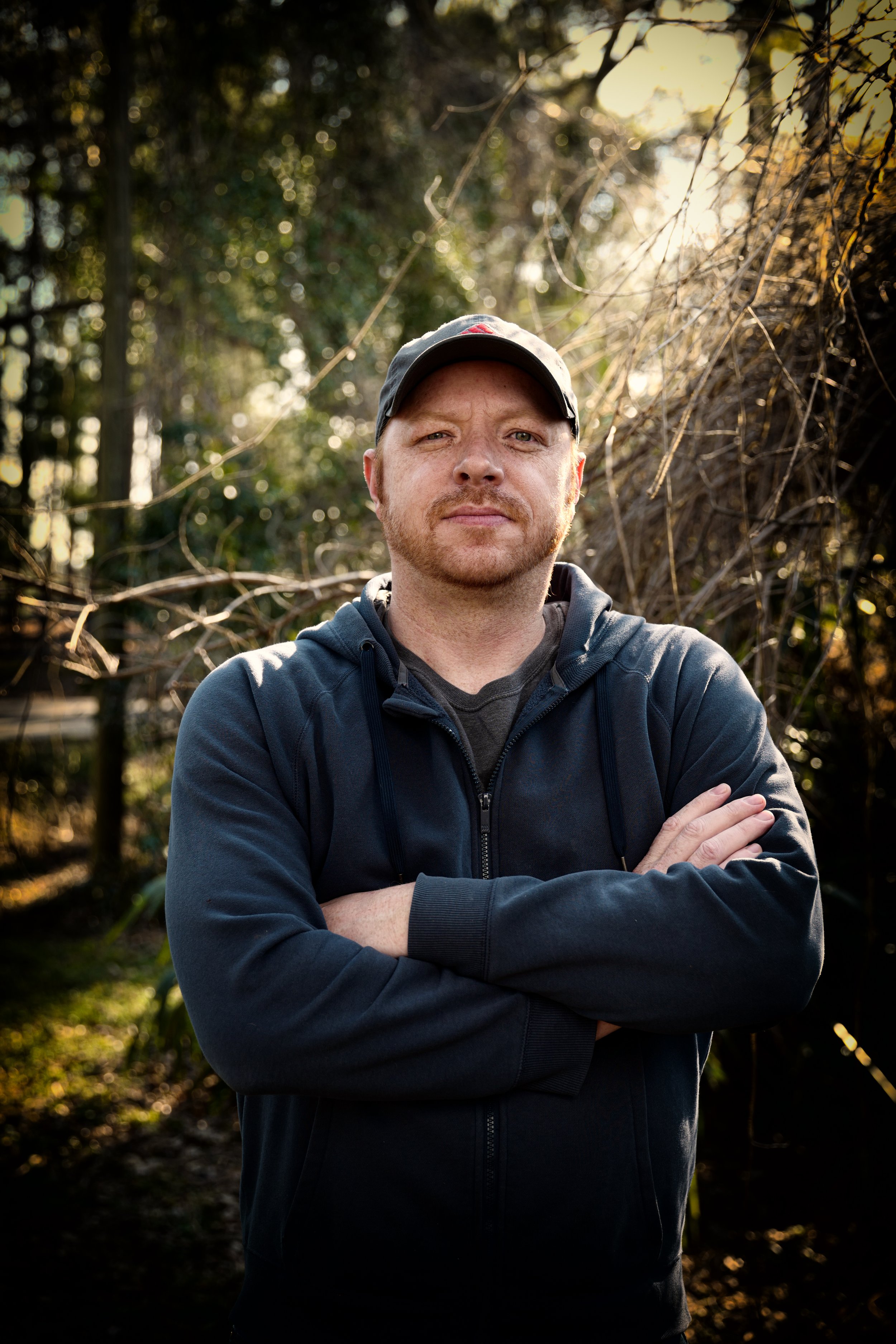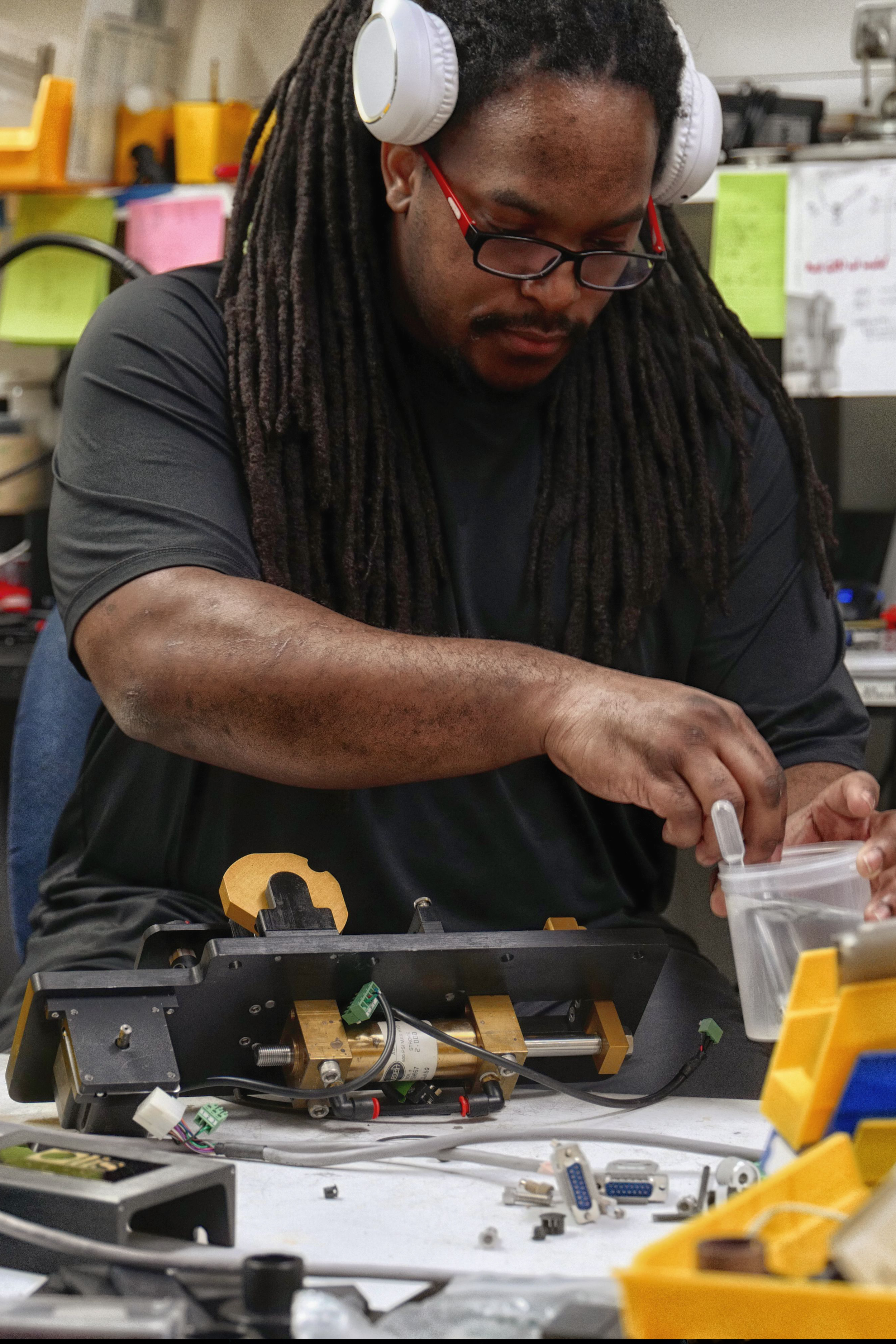Spectrophotometers Fundamentals Explained
Spectrophotometers Fundamentals Explained
Blog Article
An Unbiased View of Uv/vis
Table of Contents10 Easy Facts About Circularly Polarized Luminescence ExplainedWhat Does Uv/vis/nir Mean?Getting The Spectrophotometers To WorkThe Main Principles Of Circularly Polarized Luminescence Uv/vis/nir Can Be Fun For Anyone

Spectrophotometry is most frequently used to ultraviolet, visible, and infrared radiation, modern-day spectrophotometers can interrogate broad swaths of the electromagnetic spectrum, including x-ray, ultraviolet, noticeable, infrared, and/or microwave wavelengths. Spectrophotometry is a tool that hinges on the quantitative analysis of molecules depending upon just how much light is taken in by colored substances.
5 Easy Facts About Circularly Polarized Luminescence Shown
A spectrophotometer is commonly utilized for the measurement of transmittance or reflectance of solutions, transparent or opaque solids, such as sleek glass, or gases. Many biochemicals are colored, as in, they soak up visible light and for that reason can be determined by colorimetric treatments, even colorless biochemicals can often be transformed to colored compounds ideal for chromogenic color-forming responses to yield substances suitable for colorimetric analysis.: 65 However, they can likewise be designed to measure the diffusivity on any of the noted light varieties that normally cover around 2002500 nm utilizing various controls and calibrations.
An example of an experiment in which spectrophotometry is used is the determination of the stability constant of a solution. A specific chemical reaction within an option may happen in a forward and reverse instructions, where reactants form items and items break down into reactants. At some time, this chemical response will reach a point of balance called an equilibrium point.
Uv/vis/nir Things To Know Before You Get This
The amount of light that goes through the option is indicative of the concentration of certain chemicals that do not allow light to pass through. The absorption of light is because of the interaction of light with the electronic and vibrational modes of particles. Each type of molecule has a private set of energy levels connected with the makeup of its chemical bonds and nuclei and therefore will take in light of specific wavelengths, or energies, leading to special spectral residential or commercial properties.
They are widely used in numerous markets including semiconductors, laser and optical manufacturing, printing and forensic examination, as well as in labs for the study of chemical compounds. Spectrophotometry is frequently utilized in measurements of enzyme activities, determinations of protein concentrations, determinations of enzymatic kinetic constants, and measurements of ligand binding reactions.: 65 Eventually, a spectrophotometer is able to determine, depending on the control or calibration, what compounds are present in a target and exactly how much through computations of observed wavelengths.
Developed by Arnold O. Beckman in 1940 [], the spectrophotometer was created with the aid of his associates at his company National Technical Laboratories established in 1935 which would become Beckman Instrument Company and eventually Beckman Coulter. This would come as a solution to the previously produced spectrophotometers which were not able to absorb the ultraviolet properly.
Some Known Details About Circularly Polarized Luminescence
It would be discovered that this did not provide acceptable outcomes, for that reason in Design B, there was a shift from a glass to a quartz prism which permitted much better absorbance outcomes - circularly polarized luminescence (https://padlet.com/julieanndesalorenz30606/olis-clarity-srqqvp7768okh664). From there, Model C was born with an adjustment to the wavelength resolution which ended up having three systems of it produced
It irradiates the sample with polychromatic light which the sample absorbs depending upon its homes. It is transmitted this back by grating the photodiode array which finds the wavelength area of the spectrum. Ever since, the creation and application of spectrophotometry gadgets has actually increased exceptionally and has actually turned into one of the most innovative instruments of our time.

How Uv/vis can Save You Time, Stress, and Money.
The grating can either be movable or repaired.
In such systems, the grating is fixed and the intensity of each wavelength of light is measured by a different detector in the array. When making transmission measurements, the spectrophotometer quantitatively compares the portion of light that passes through a referral service and a test service, then digitally compares the intensities of the two signals and calculates the percentage of transmission of the sample compared to the recommendation standard.

Report this page